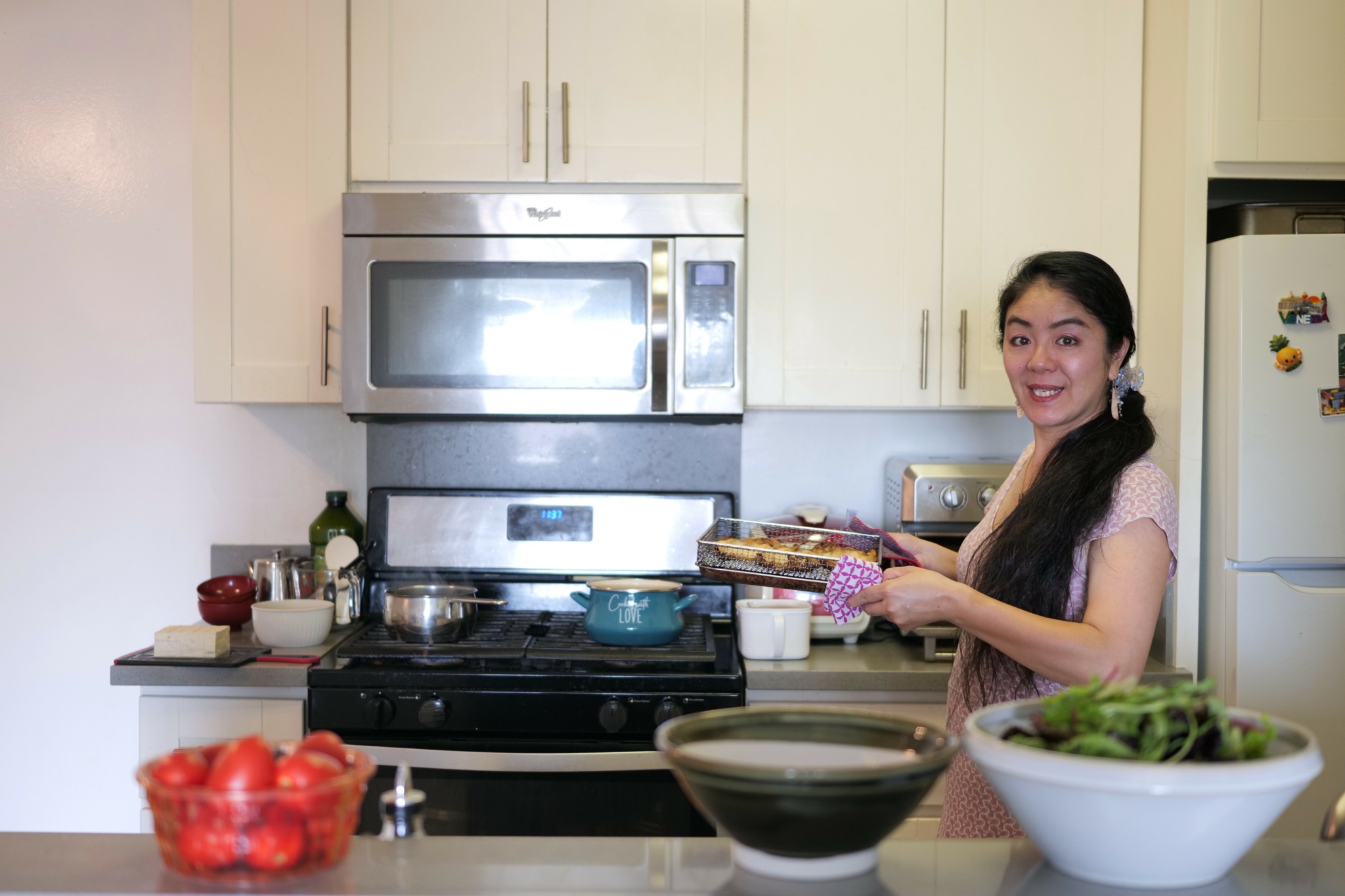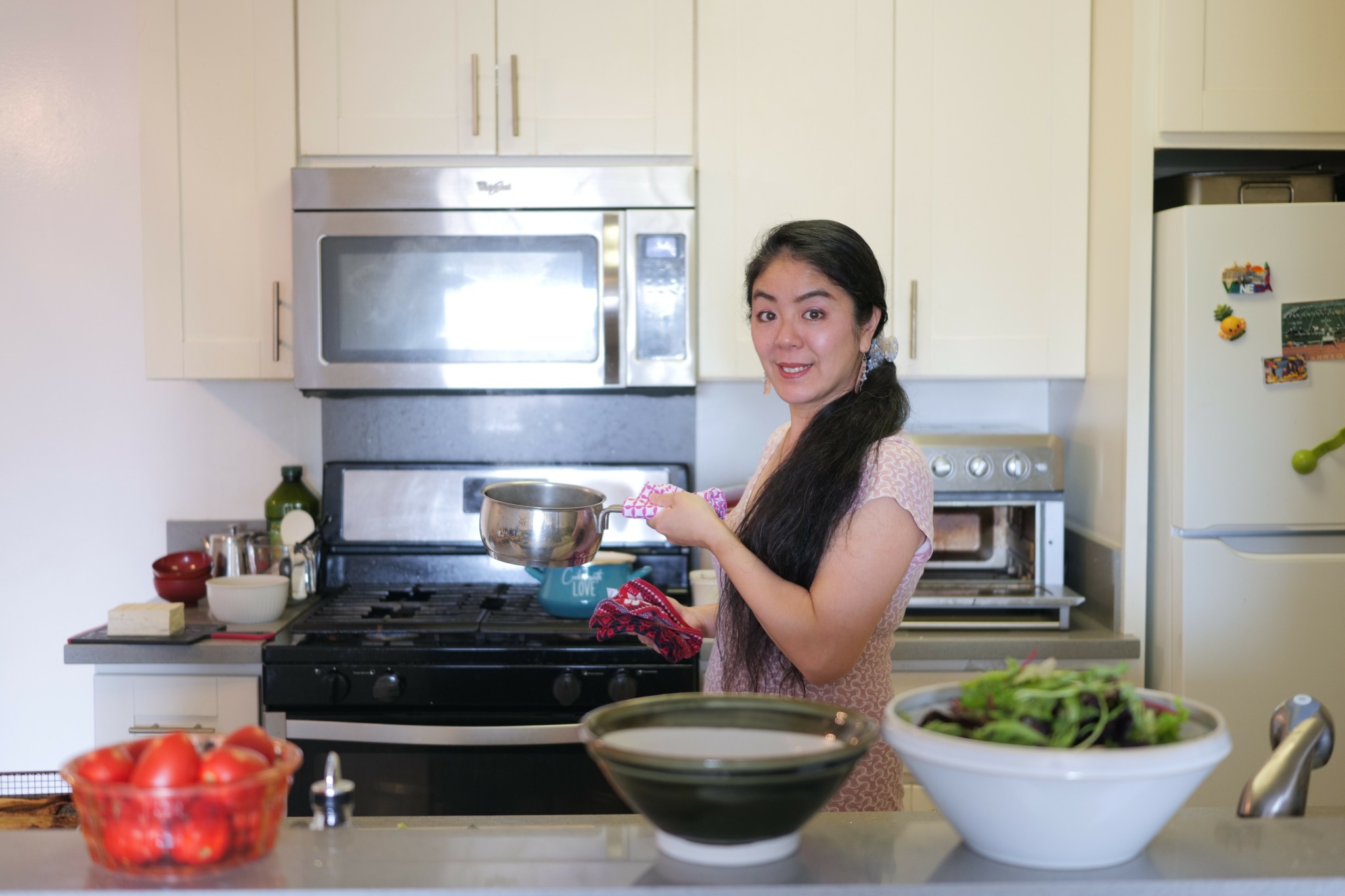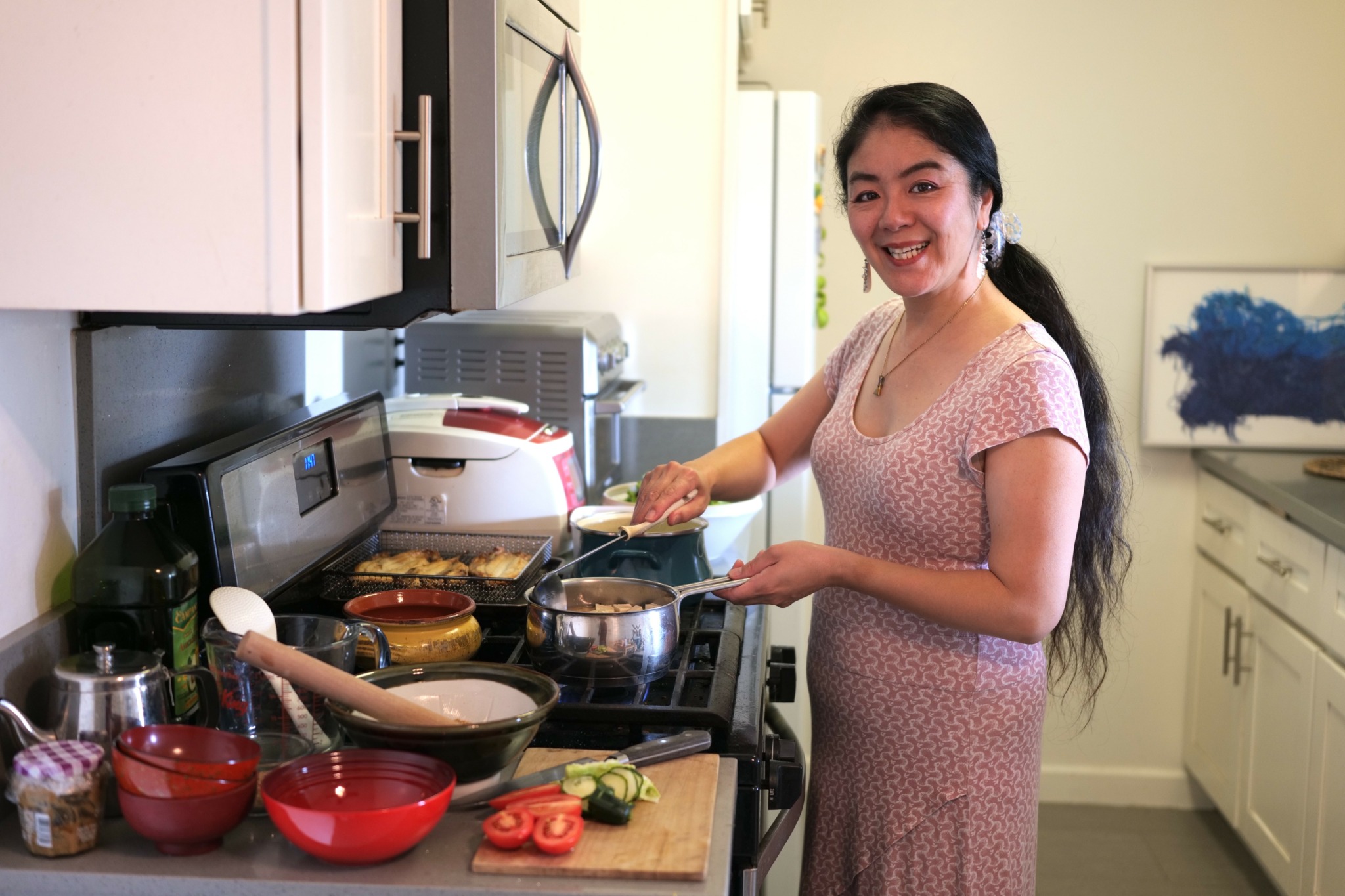We caught up with the brilliant and insightful Shino Saito a few weeks ago and have shared our conversation below.
Shino, appreciate you joining us today. Alright, let’s jump into one of the most exciting parts of starting a new venture – how did you get your first client who was not a friend or family?
My very first client reached out to me through my blog. When my child was around two years old, we discovered that they had allergies to eggs and dairy products, which made it difficult to eat out or buy ready-made food. So, I started focusing more on cooking at home, but since I was new to it, I often felt stressed from balancing daily meal preparation with child-rearing. As I researched ways to easily make healthy meals that the whole family could enjoy, I gradually got better at it. I figured there must be other people going through the same thing, so I wanted to document and share my recipes and knowledge. That’s how I started my blog in April 2010.
At the time, blogging was still quite popular, and over time, my readership began to grow. Eventually, a company that sold kitchen tools reached out to me through the blog, asking if I would be interested in introducing some recipes using their products and doing an interview about my activities. The interview was conducted at my home, where they took pictures of four to five dishes I had prepared and asked me various questions about my cooking and blogging journey.
Up until that point, I had seen myself as just a housewife who was sharing her recipes and healthy eating tips online, but when I saw the interview published, I was labeled as a “Culinary Expert.” That’s when I realized that, without even noticing, I had become known as one! I hadn’t expected any compensation for the interview, but I was given the kitchen tools we used during the photoshoot, along with a feature on their website.
Most importantly, that interview planted a seed in my mind that this could actually turn into something more—a career. It was an exciting experience. Interestingly, once I began to acknowledge myself as a culinary expert – recipe developer and writer, I started receiving more and more inquiries.

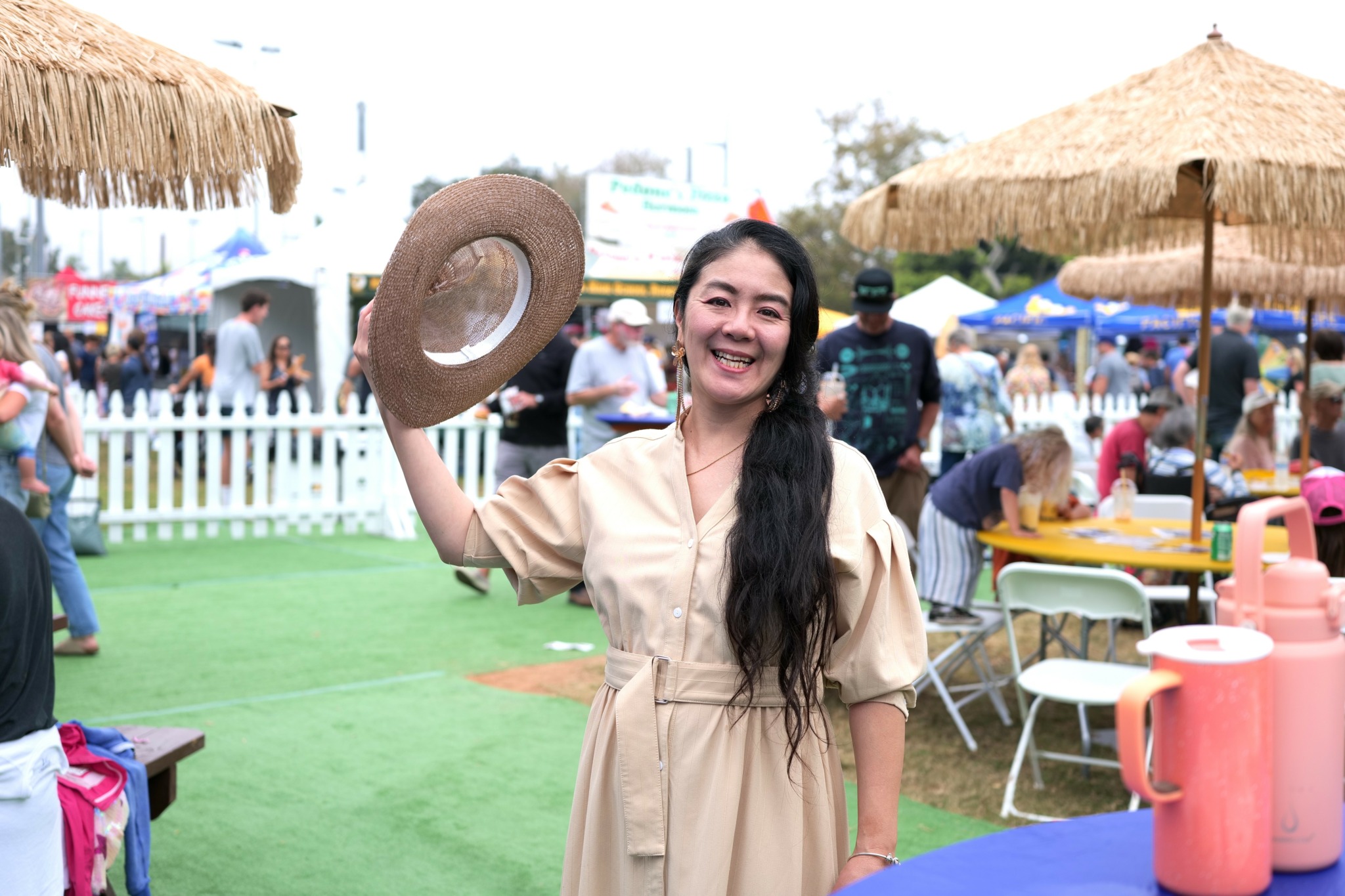
Awesome – so before we get into the rest of our questions, can you briefly introduce yourself to our readers.
I got into this line of work through blogging. I’ve already shared the details of how it all started in response to a previous question, but after my first interview, which made me realize that I was now considered a “Recipe Developer and Writer,” I began actively sharing my healthy recipes on my blog. I continued to enjoy cooking for my family, and in my spare time, I also started hosting cooking classes at home, as well as organizing one-day cafés and events. My main focus in creating recipes was to aim for “a dining table where everyone can smile, even if they have allergies or dietary restrictions.” Along the way, I also pursued various certifications to further my knowledge, which I shared on my blog. This helped foster a community of people exploring healthy eating habits.
As my blog gained traction, publishers began contacting me, eventually leading to my first book offer. At first, I couldn’t believe it and even thought it might be some sort of scam. However, it turned out that the plant-based and healthy eating trend I was writing about on my blog was just starting to gain popularity in Japan. Publishers were looking for someone who could write recipes on this topic, and I was fortunate that my work aligned with what was in demand at the time.
My first book was about smoothies. Since I had already compiled a substantial number of recipes, I was able to complete the book in about three months. The photoshoots took place in my home, and I learned a lot about the publishing process along the way. Unlike with my blog, where I handle everything—from planning and recipe development to food styling, photography, and posting—publishing a book involves dividing up the tasks. Typically, I am responsible for developing the recipes and sometimes the food styling. If a publisher or magazine reaches out with a proposal or feature, I prepare all the recipes by the shoot date, and the publisher’s team handles the layout and design.
On the day of the shoot, I prepare all the dishes, while the food stylist arranges the tableware and props, and a professional photographer takes the photos. Afterward, I adjust the recipes to match the final images, and the editor refines everything before it goes through proofreading and is finally published. I’ve learned that producing a book or magazine involves many steps.
The first book sold well, leading to the release of my second and third books, and before I knew it, I had published more than ten books over the past ten years. These books have covered a variety of topics, including smoothies, cold-pressed juices, home cooking recipes with plant-based milk, raw chocolate, and a book about ten-soba (100% buckwheat) and salads. In addition to publishing books, I’ve also been featured in magazines for recipe specials, had regular columns, and appeared on TV and radio programs for interviews and recipe demonstrations. Some of my work has even been translated into Thai and Chinese. Additionally, I’ve created recipe booklets for kitchen appliances in collaboration with home appliance manufacturers. I also collaborated frequently with food manufacturers.
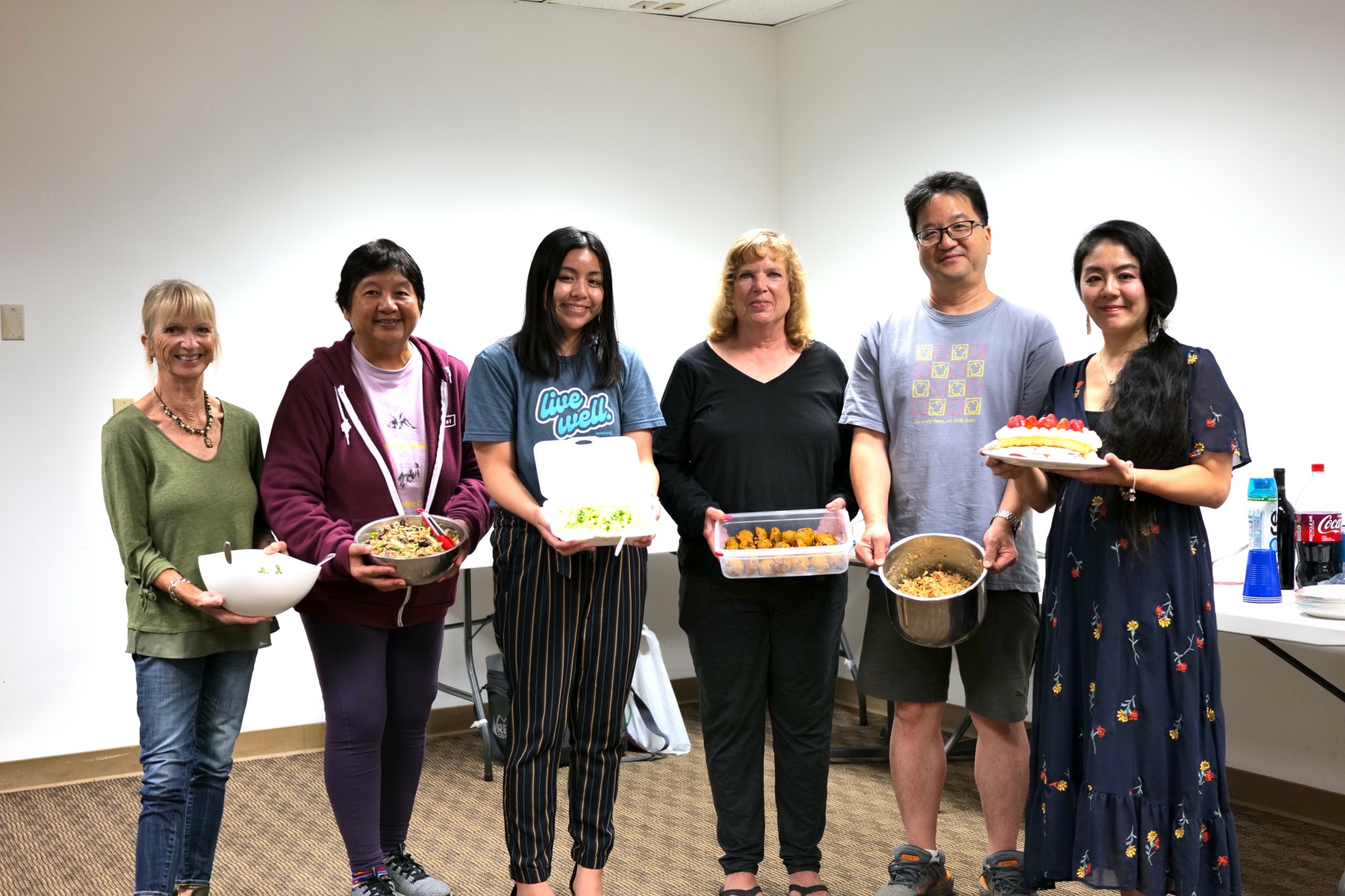

Is there a particular goal or mission driving your creative journey?
When I first started this journey, my goal was to be able to hand my own cookbook to my child when they grew up and left home. That dream naturally came to life after I continued blogging for three years. The recipes I had been writing over the years were almost all published in books and magazines during my 10-year career, leaving a physical record of my work. So, I’ve already achieved most of the goals I set out for myself. Now, I look forward to the day when I can hand my books to them as they eventually leave home.
Now, my new goal is to publish a book in English. While I’d love to translate my previous recipes into English, since moving to the U.S., I’ve found myself developing a new interest in Japanese cuisine. I’d like to start sharing more simple, easy-to-make Japanese dishes for the home cook. Interestingly, when I tell people that my profession in Japan was as a healthy recipe developer, they often ask me for recipes for more standard Japanese dishes, like ramen, curry, and yakisoba, rather than the healthy dishes I specialized in back in Japan. This was a surprising revelation for me.
So now, I’m trying to incorporate healthy elements into more traditional Japanese recipes. I enjoy adding my own healthy twists, making it something unique. It’s also important to note that there’s a big difference between Japanese home-cooked meals and what you might eat in a restaurant. I want to introduce simple, easy-to-make recipes for people who are new to Japanese cooking. Since many people here are trying Japanese cooking for the first time, I want to show them that it can be accessible, affordable, and easy to prepare.
For example, take two basic staples of Japanese cuisine: rice and miso soup. When cooking rice, traditionally you wash the rice before cooking, but using pre-washed rice (musenmai) simplifies the process—just add water and cook. Similarly, when making miso soup, while you can certainly prepare it from scratch with homemade dashi broth and freshly chopped green onions, it’s also common to use dashi packs or dried green onions for convenience in everyday meals. In Japan, these time-saving ingredients are easy to find, but here in the U.S., they are less widely available, so part of my goal is simply to raise awareness about them.
I hope to spread the word about how Japanese home cooking can be simplified with such time-saving techniques, and that there’s growing demand for these methods here in the U.S. Simple and convenient Japanese meals don’t have to be difficult or expensive, and that’s a message I’m excited to share.
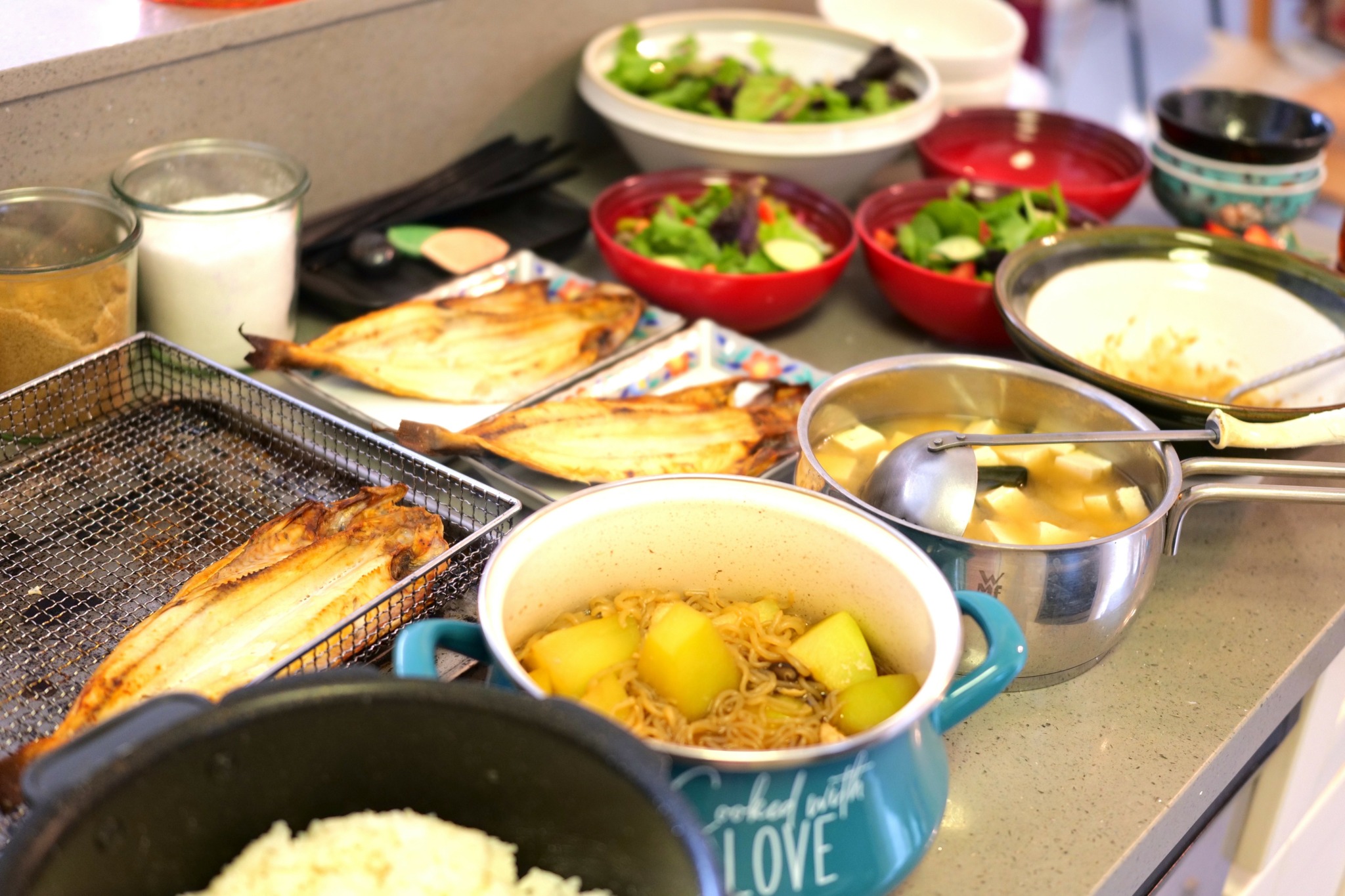
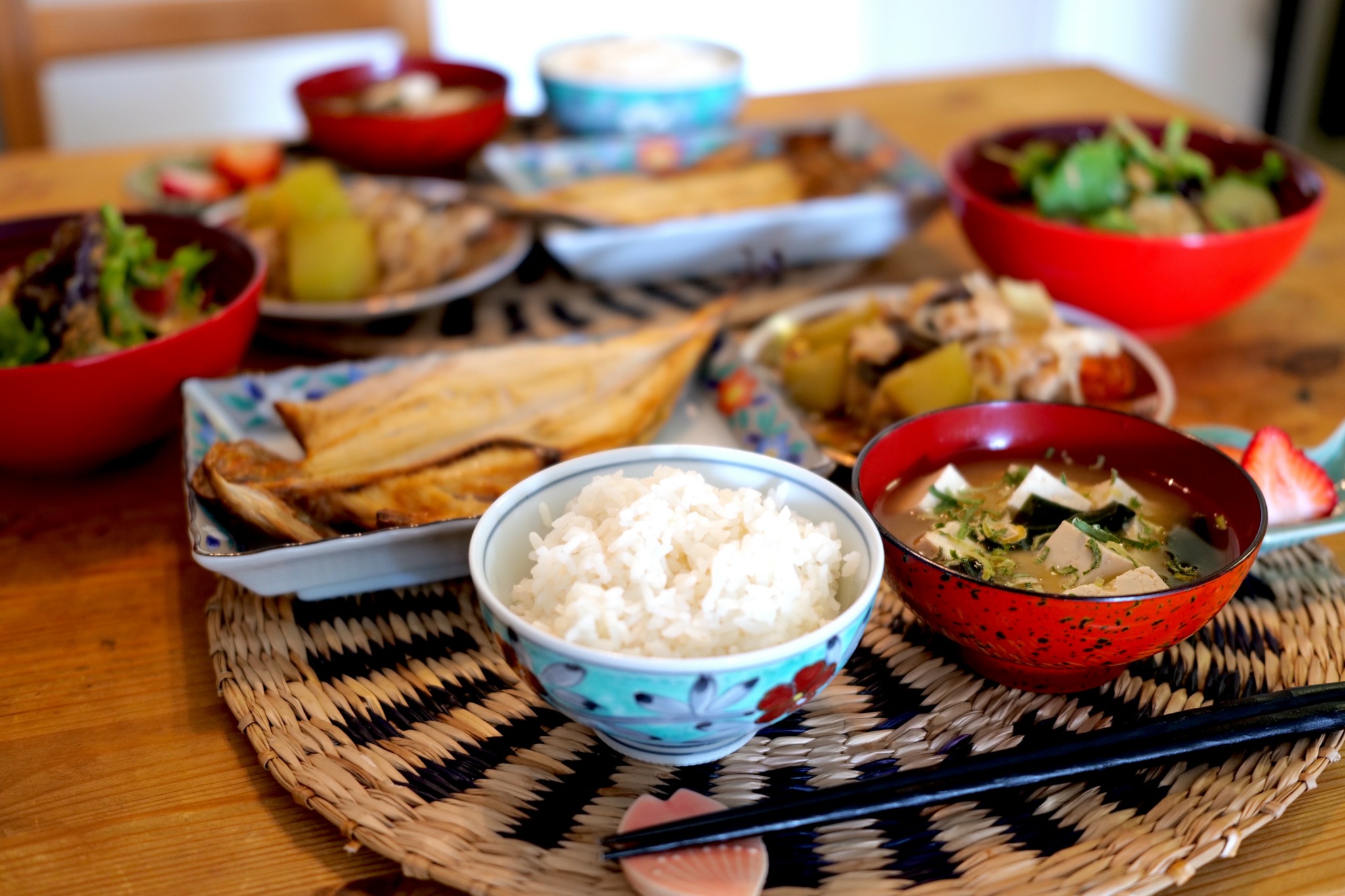
We’d love to hear the story of how you built up your social media audience?
I started with a blog. When I began in 2010, blogs were still quite popular. I wanted to share my healthy recipes with people who, like me, needed them. I registered my blog on ranking sites, optimized it for SEO, posted 3–5 times a day, and gradually built a network of like-minded bloggers who were also into healthy eating. As I gained more readers, I eventually attracted enough traffic that a major blogging platform reached out to me, inviting me to a free workshop on how to write better blogs. During the workshop, I learned the importance of being mindful of traffic, the best times to post, and how to write catchy titles. I immediately put these lessons into practice. I still remember the advice given during that workshop: blogging doesn’t yield instant results, so persistence is key—”three years on a stone,” as they say. Believing in those words, I kept going, and, interestingly enough, the offer to publish my first book came exactly at the three-year mark.
From that point onward, I shifted more of my focus and energy toward book publishing, just as social media started to diversify, and platforms like Instagram and YouTube began to gain popularity alongside blogs. I started using these social networks too, linking everything together—my blog, website, Facebook, Instagram, YouTube, and Twitter—to create a wide range of access points. My strategy was to funnel all the traffic back to my blog. At the same time, I was running cooking classes, one-day cafes, and various events. The social media presence I had built became a great tool for staying in touch with the people I met face-to-face, like a digital business card.
I never saw social media as a way to make a living on its own. For me, it was a tool to help people get to know me. My actual clients were publishers, magazine companies, food and appliance manufacturers—people I met in real life—so I didn’t need a huge following on social media for it to serve its purpose. However, all of this was done in Japanese.
When my family and I moved to the U.S. in 2018 due to my husband’s job, I could no longer rely on the network I had built. I had to put my activities on hold for a while. However, I didn’t want to lose the connections I had made, so I began participating in local community events, such as vegetarian potluck gatherings, and volunteered to cook for my church. I also started entering cooking contests to share my culinary skills. I keep my Instagram and YouTube accounts active on a smaller scale, sharing updates about my family’s life in the U.S., contest wins, and easy recipes. Once I’m able to start working in the U.S., I plan to rebuild my social network here and leverage my previous career experience to start anew.
Contact Info:
- Website: https://shinosaito.com/
- Instagram: https://www.instagram.com/shinosaito_japan/
- Youtube: https://www.youtube.com/@shinosaito_japan
- Other:
